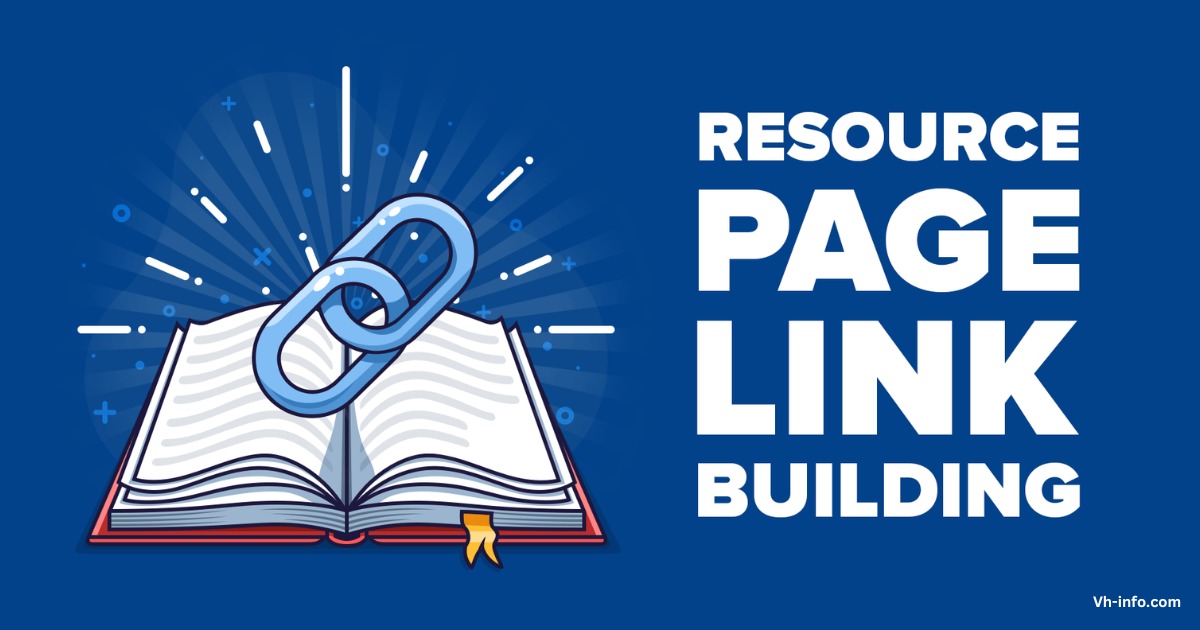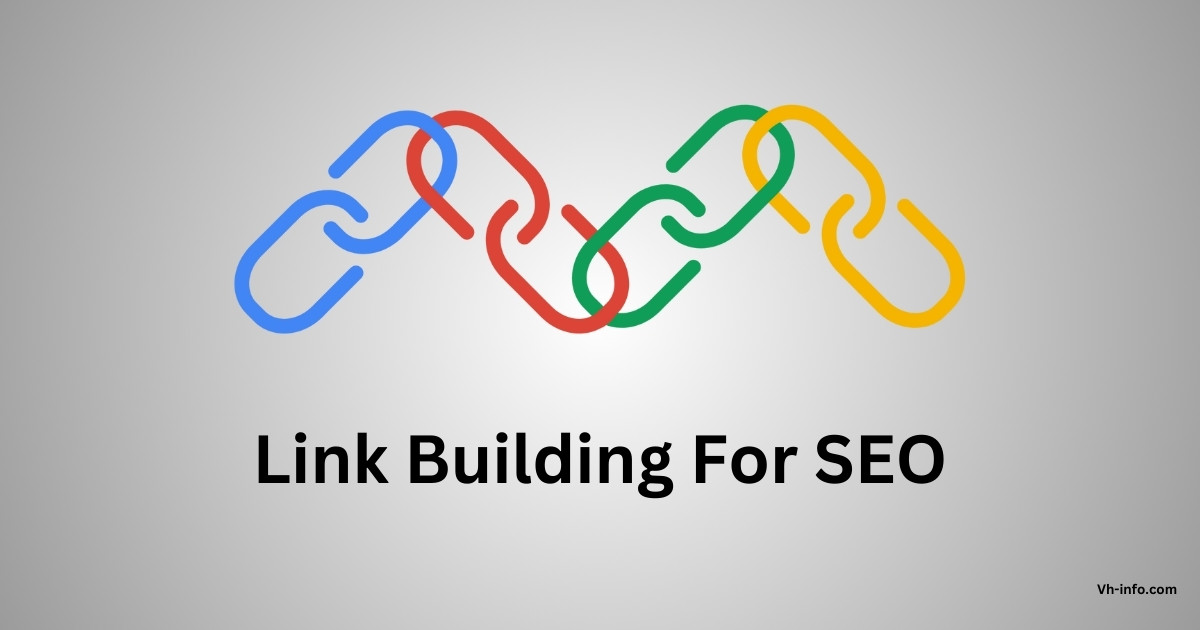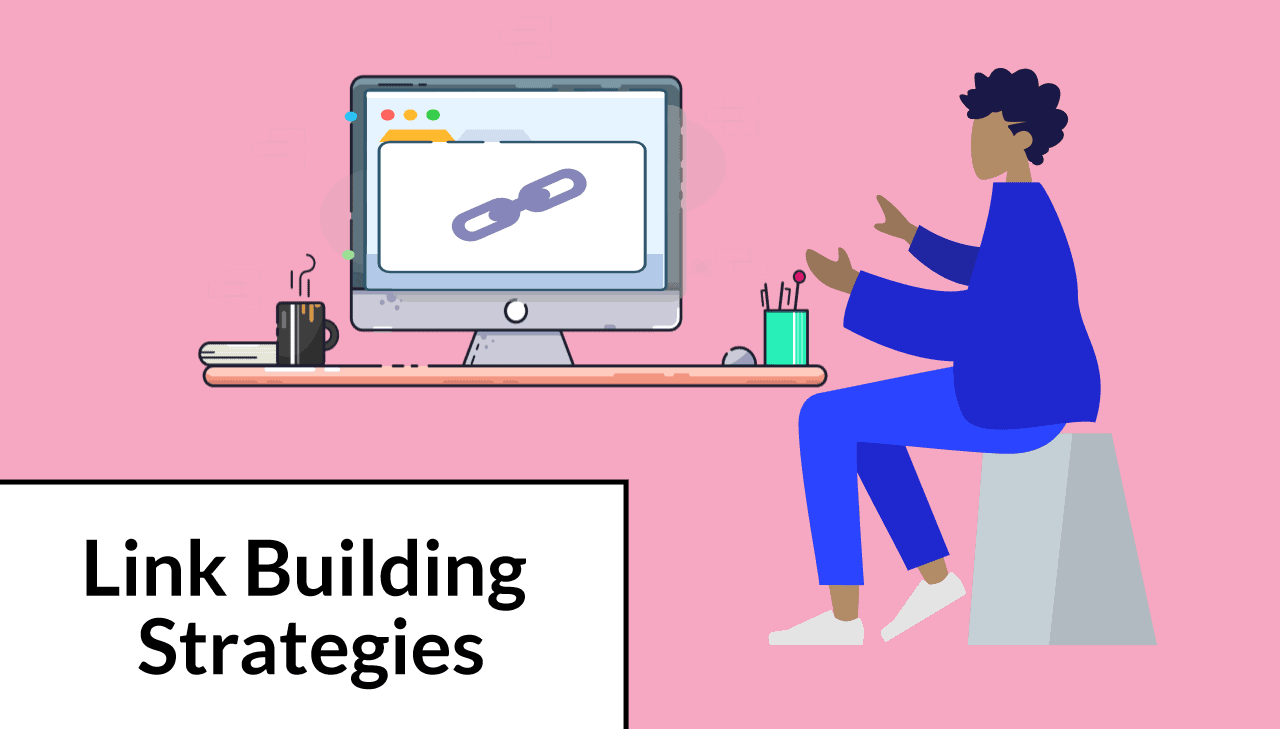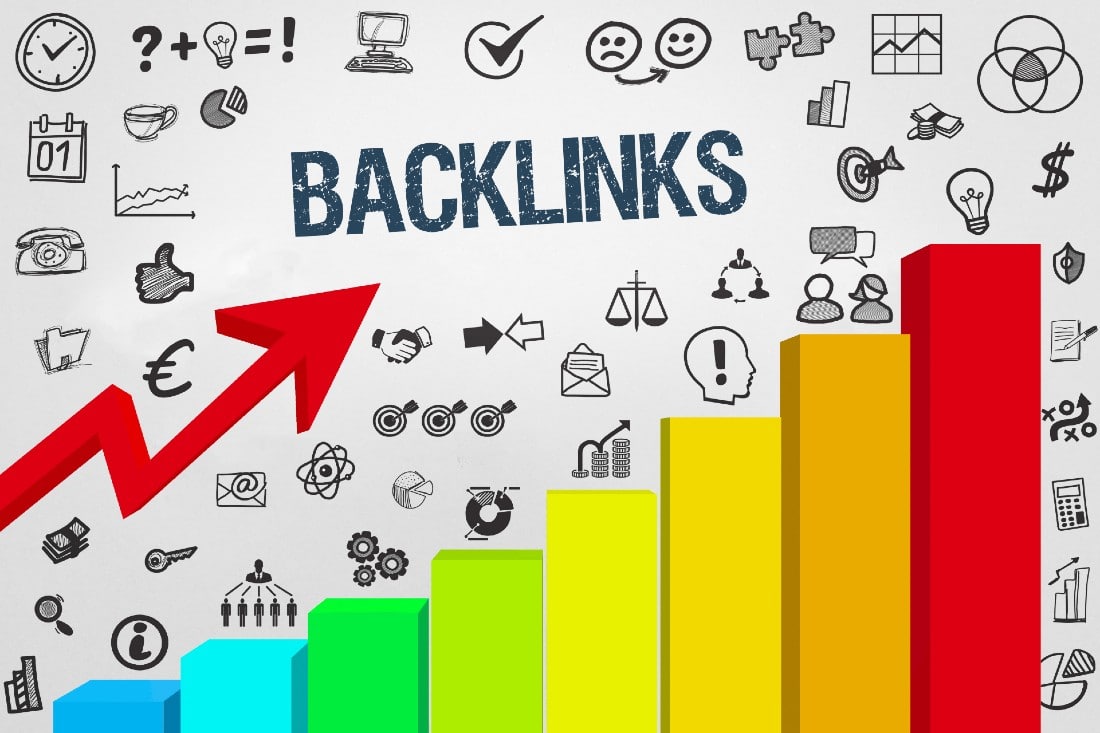
Is Survey World Legit? The Truth Revealed
Do you want to earn some money by completing surveys? If so, then there is one such website that is

Is Survey World Legit? The Truth Revealed
Do you want to earn some money by completing surveys? If so, then there is one such website that is

Relevant Backlinks: A Key Strategy for SEO Optimization
Want to take your SEO game to the next level? It’s time to talk about the unsung hero of optimization:

Link Outreach: What is it, Importance, Tactics, Tips & Many More..
Link outreach is crucial for SEO success in the digital world. Quality backlinks boost online presence and search rankings. For

Resources Page Link Building: What is it, Benefits & Examples
Since the introduction of Google’s PageRank algorithm, link building has been an important aspect of SEO. When it comes to

How to Get Backlinks: Essential Tips and Techniques
As a link-building agency ourselves, we know more than anyone else that building a good backlink profile is important for

Link Building For SEO: What is it, Why is it Important & Strategies
Link building is a crucial aspect of SEO that can significantly impact your SaaS company’s online visibility and search rankings.

Link Building Tactics: Tried and Tested Strategies
Link building is an integral part of any successful SEO strategy. It involves acquiring hyperlinks from other websites to your

How Many Backlinks Do I Need to Rank: A Complete Guide
Backlinks are one of the cornerstones of search engine optimization (SEO). They act as endorsements from other websites, indicating to

What Are Backlinks? 20 Types & How To Check Backlinks?
Backlinks play a crucial role in search engine optimization (SEO). They are an essential part of building a website’s authority,

How To Use ClickFunnels For Affiliate Marketing in 2024
Are you an aspiring affiliate marketer looking to level up your game and boost your commissions? Look no further than
WHAT WE
3rd floor, VHinfo, QRXG+CG9 Capital Market, Canal Rd, chokdi, Ravapar, Morbi, Gujarat 363641
VH-info © 2025 | All Rights Reserved